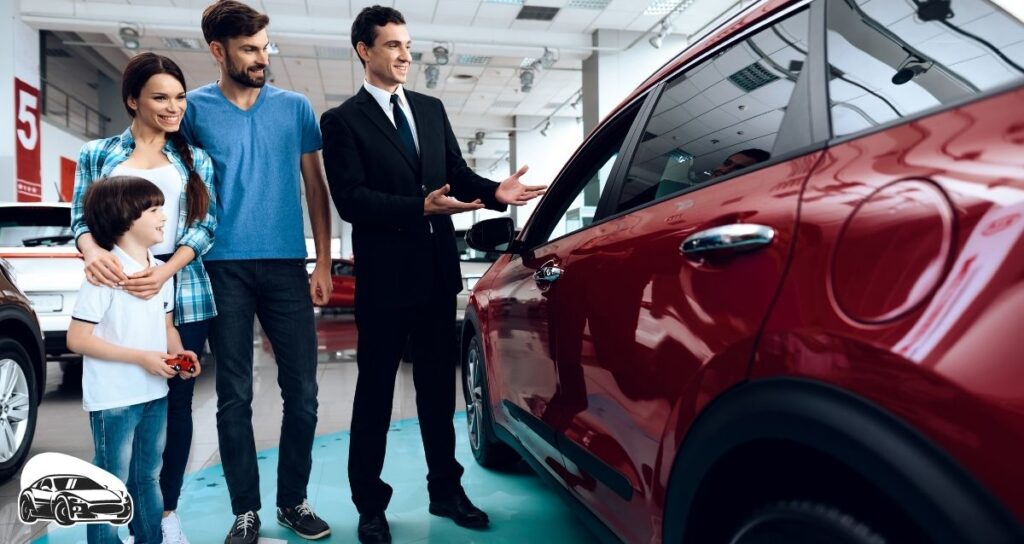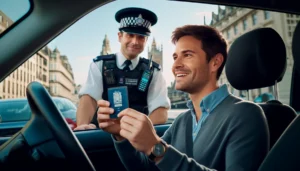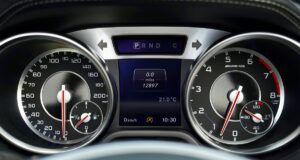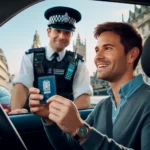Buying a car can be an exciting thing, but also a little daunting. From getting to grips with the nuances of vehicle history to complex mechanical checks, you want to navigate the process with clarity.
With this in mind, we spoke to used car buyers about their car-checking routines to find the best tips and the most commonly neglected steps. With these insights, you’ll have the knowledge and guidance to change your car with confidence, making informed decisions every step of the way.
Read on to see what you should look out for when buying a used car.
What checks are used car buyers overlooking?
We surveyed vehicle owners about the last time they purchased a used car, quizzing them on whether they thought they’d performed the correct checks before completing the purchase.
The results revealed that two-thirds (64%) of buyers felt confident in their assessment. However, the remaining respondents (36%) felt that they did not perform the proper checks, or were uncertain about whether they had.[1] Based on the number of used car sales in 2023, this means over 2.6 million buyers may not have been fully informed about their vehicle before they purchased it.[2]
Shockingly, one out of 10 buyers admitted to not making any checks at all before purchasing a used car. Such a casual approach to a significant investment could lead to costly regrets later on. The results also identified several standard checks that many used car buyers tend to overlook, potentially leaving them vulnerable to unforeseen issues down the road.
Surprisingly, despite being free and a crucial part of determining a car’s condition and history, 38% said they didn’t consult the vehicle’s logbook (V5C), and 37% didn’t look at the MOT history. These documents tell you a lot about who owned the car before, how it’s been looked after and if there are any problems. As they don’t cost anything to review, it’s certainly worth taking the time to check them.
Safety-related checks, such as testing the brakes and tyre tread depth, were also overlooked by almost half of the buyers we surveyed. Forgetting these essential checks could risk the vehicle’s safety and in some cases might even invalidate your insurance.
The ultimate car-changing checklist
Before committing to buying a used car, a little preparation can go a long way, and this handy checklist should help you find the perfect examples:
1. Vehicle logbook (V5C) and documents
Before anything, the first thing you should ask for is to see a V5C. This shows that the seller is the registered keeper of the car and thus entitled to sell it, and makes the whole process smoother, or you could be wasting your time.
Though it’s still possible to buy a car without a V5C, you should approach it with caution.
It’s worth seeing if any original documentation that came with the car such as manuals or warranty handbooks that the car left the showroom with are still included too.
2. MOT and service history
You can look at a car’s MOT history yourself online using our handy MOT checker. All you’ll need is the car’s registration.
Sometimes though, you may find buyers have kept physical records of MOTs — as well as receipts for any work taken out. Pay particular attention to those as it can be a good sign of a very well-kept car.
What you can’t check online is a car’s service history. Most used cars should come with a service book showing when and where routine work has been carried out. Keep an eye out for cars with a main dealer history in particular, which will practically guarantee manufacturer-approved parts have been used for services.
3. Safety checks
Test the brakes, lights, indicators, and horn to ensure they are in proper working condition.
Before going to look at any used car, it’s worth buying a tyre tread depth gauge. You can get them for about £5, and they are useful not just for testing tyres when buying a car but also during ownership.
Have a look at each tyre and see if they’re above the legal minimum (1.6mm). If they’re below that you’ll need to replace them as soon as possible — perhaps an ideal opportunity to ask a garage to do it at no extra cost if buying a used car from them.
Give the brakes a look over, and ideally (if safe to do so), a hard stopping test when test driving. If you hear any squeaking or rattling from them on the move, it could be a sign new pads or discs are needed as well.
Overlooking safety checks could leave you with a vehicle that fails to meet legal requirements, increasing the likelihood of accidents and future expenses.
4. HPI check and vehicle inspection
Conducting an HPI check or arranging for an independent vehicle inspection can uncover issues like a hidden history, outstanding finance or anything that may not be apparent during a visual inspection. This step provides an extra layer of assurance.
5. Mileage
Mileage is often touted as the main thing to look at when buying a used car. The reality, though, is that high car mileage isn’t necessarily a bad thing if a solid service history can back it up.
That said, always check the mileage of the car to see if it lines up with what’s advertised by the seller and if it lines up with the age and condition of the car.
It’s not unheard of for some used cars to be ‘clocked’ — meaning the mileage has been manually adjusted to be lower than its true value. This is rare, but something to be wary of if an advert looks too good to be true.
6. Bodywork
Ideally, when buying a used car and arriving to view it, the seller won’t have started it for a while.
Why? Well, if there are any audible engine issues, they’ll likely be more noticeable when the engine is started from cold. If it’s been running a while, it’ll have warmed up and could be more likely to be masking issues.
If the engine is warm when you turn up, and you suspect unadvertised problems, it might be wise to reschedule if possible and ask the owner to cold start next time.
Either way, give the engine a good listen at idle. Keep an ear out for unusual screeching or any knocking sounds. This could be a sign of a larger problem.
7. Engine
Ideally, when buying a used car and arriving to view it, the seller won’t have started it for a while.
Why? Well, if there are any audible engine issues, they’ll likely be more noticeable when the engine is started from cold. If it’s been running a while, it’ll have warmed up and could be more likely to be masking issues.
If the engine is warm when you turn up, and you suspect unadvertised problems, it might be wise to reschedule if possible and ask the owner to cold start next time.
Either way, give the engine a good listen at idle. Keep an ear out for unusual screeching or any knocking sounds. This could be a sign of a larger problem.
8. Interior
Have a quick look around the interior of the car and check the condition of any fabrics or leather. The latter, in particular, can crease or sag on older cars, so this shouldn’t be a surprise on higher mileage cars, but it’s worth checking for any rips or tears.
Give all the buttons a press too, and ensure they all work properly. Don’t be afraid to switch the engine on and give the car a few gentle revs to check that the instrument cluster is also functioning properly.
9. Modifications
Always ask the seller if they’ve made any modifications to the car outside of its original spec. You’ll need to declare these to the insurer, even if they’re not visible — like an upgraded air filter for the engine — or something as basic as new alloy wheels.
10. Advertised features
Try out the features of any used car you’re looking to buy. If any of the advertised features aren’t working, that’s a potential point to haggle with the seller, and it’s better to find out now than after buying the car.
Assistance features like adaptive cruise control or a reversing camera should be tried out too, as these can be expensive to have fixed if they stop working.
11. Take it for a test drive
Lastly, you should always try to test drive any used car before buying it. Not only is this a way to check for any potential issues, but the last thing you want is to buy a car and then find out you don’t like how it drives.
Make sure you have the correct insurance for this, though. Dealers tend to have insurance for test drives, but you should check anyway, while private sellers will almost always need you to cover yourself.
Insurers that provide daily or even hourly coverage are becoming more common, and you may even be covered to drive other cars under any existing policy you may have.
Ready, set, go!
Remember, thorough inspections and due diligence are essential to ensure a smooth and satisfying car-changing experience.
If conducting a used car check still sounds daunting, our car check service could help ease the process for you. It’ll uncover critical details about your potential new ride, including manufacturer recalls, theft records, write-offs, scrap status and outstanding finance.
Our car check tool can also verify mileage accuracy, VIN validity, and taxi usage. It also records any keeper, plate or colour changes. You can receive valuation data, running costs and insights on whether the car has been imported. This will help you make informed decisions while avoiding the issues associated with imported vehicles, such as insurance and the availability of parts.
Don’t let uncertainty hold you back. With our expert advice and powerful tools, you’ll be ready to tackle the used car market head-on.













